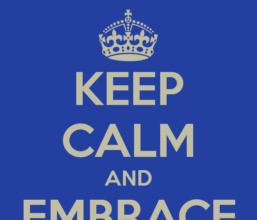Bullying and other forms of social aggression affect nearly 30% of US students per school year. According to some estimates, up to 160,000 students skip school each day to avoid being bullied. Those who are victimized by bullies are at risk for mental health problems including anxiety, depression and suicidal ideation. Their academic performance often suffers as well.
What explains the offensive behavior of bullys?
Six years after “Mean Girls” hit the movieplex, sociologists have provided evidence that the flick got it exactly right on bullying. Their data simultaneously disproves traditional thinking on the matter, which had posited that home-related issues, social incompetence and psychological difficulties caused aggressive behavior in teens.
The study, by Robert Faris and colleagues at UC Davis, found that the more central a teen is in his or her school’s social network, the more aggressively the teen behaves toward peers…unless the teen happens to sit at the very top of the social totem pole, in which case they’re not aggressive at all.
To reach these conclusions, Faris’ group surveyed 3,722 boys and girls from 19 middle- and high schools in North Carolina during the fall of 2004 and again the following spring. The survey asked students to name their top 5 friends, up to 5 students they had picked on (verbal harassment, physical attacks, spreading rumors, simple ostracism and so forth) during the previous 3 months, and up to 5 students that had picked on them. There were also questions covering dating patterns, participation on sports teams, race and socioeconomic status.
Faris’ team used the data to create “social maps“ that outlined positive and negative relations between students as reported in the survey. These maps showed that students’ tendency to harass other students increased with their social status, as measured by their friend counts. Overall, each student was aggressive toward 0.63 peers, but so-called “socially-central athletes,” harassed as many as 9 other students, each.
The tendency to display aggressive behavior reached a zenith for students at the 98th percentile for popularity, suggesting they were using aggressive behavior to improve their social status. Importantly however, the students who ranked in the top 2% of the hierarchy tended not to harass their peers. They had little to gain by aggressive behavior, and too much to lose, the authors hypothesized.
The findings suggest that anti-bullying programs in schools should focus on social hierarchies, according to UCLA psychologist Jaana Juvonen. “It’s really critical for bystanders to speak up,” she added. “If there’s an aggressive kid everyone bows down to, it sends a signal to the bully that what they’re doing is working.”
The write-up appears in the American Sociological Review.






